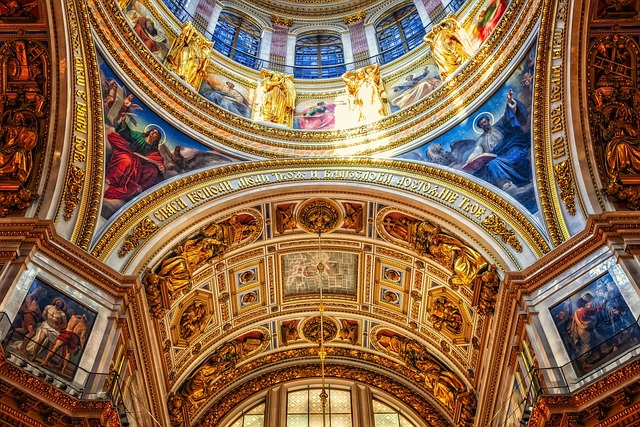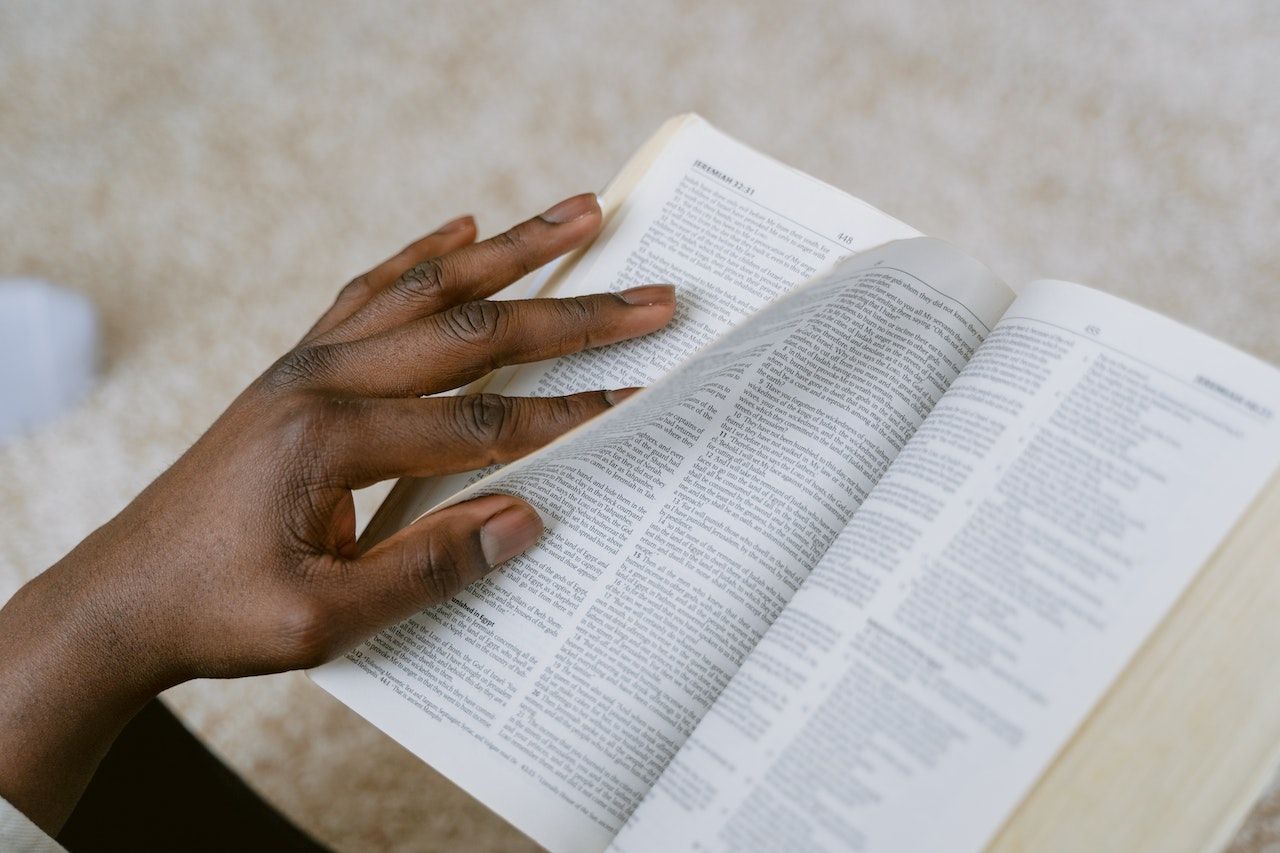Orthodox versus Roman Catholic refers to the differences between the Eastern Orthodox Church and the Roman Catholic Church. These two branches of Christianity have distinct theological, liturgical, and organizational differences that have led to their separation since the Great Schism of 1054. While both churches share common roots in early Christianity, they have developed unique traditions, practices, and beliefs over the centuries. Understanding the key differences between Orthodox and Roman Catholic can provide insights into the diversity within Christianity.
Table of Contents
History and Origins of Orthodox and Roman Catholic Churches
The history and origins of the Orthodox and Roman Catholic churches are fascinating and complex. Both churches have deep roots in Christianity and have played significant roles in shaping the religious landscape of the world. While they share many similarities, there are also distinct differences that set them apart.
The Orthodox Church traces its origins back to the early days of Christianity. It emerged as a separate entity from the Roman Catholic Church in the 11th century, following the Great Schism. The split was primarily due to disagreements over theological and administrative matters, as well as cultural and political differences between the East and the West.
On the other hand, the Roman Catholic Church can trace its roots back to the time of Jesus Christ and the apostles. It is considered the oldest Christian institution in the world. The church’s authority is centered around the Pope, who is believed to be the successor of Saint Peter, the first Pope. The Roman Catholic Church has a hierarchical structure with the Pope at the top, followed by cardinals, bishops, and priests.
One of the key differences between the Orthodox and Roman Catholic churches lies in their governance and authority. In the Orthodox Church, authority is decentralized, with each national church having its own patriarch or metropolitan. These leaders have autonomy over their respective regions and make decisions collectively through councils. In contrast, the Roman Catholic Church has a centralized authority, with the Pope having the final say on matters of doctrine and discipline.
Another significant difference is the role of tradition and scripture in each church. Both churches hold the Bible as sacred scripture, but the Orthodox Church places a greater emphasis on tradition. Orthodox Christians believe that the teachings and practices of the early church fathers are just as important as the Bible itself. In contrast, the Roman Catholic Church places more emphasis on the Pope’s authority to interpret scripture and make doctrinal decisions.
The liturgical practices of the two churches also differ. The Orthodox Church follows the Byzantine Rite, which is characterized by elaborate rituals, icons, and chanting. The Roman Catholic Church, on the other hand, has various liturgical rites, with the Latin Rite being the most common. The Latin Rite is known for its use of Latin language, Gregorian chant, and more structured ceremonies.
Despite these differences, both the Orthodox and Roman Catholic churches share a common faith in Jesus Christ and the sacraments. They both believe in the Holy Trinity, the divinity of Christ, and the importance of baptism and the Eucharist. Both churches also have a rich tradition of saints and martyrs, who are venerated and celebrated.
In conclusion, the history and origins of the Orthodox and Roman Catholic churches are intertwined with the development of Christianity itself. While they have distinct differences in governance, authority, tradition, and liturgical practices, they both share a common foundation in the teachings of Jesus Christ. Understanding the history and origins of these churches can help foster a greater appreciation for the diversity and richness of the Christian faith.
Differences in Doctrine and Beliefs between Orthodox and Roman Catholic Churches

Orthodox Versus Roman Catholic
When it comes to Christianity, there are many different denominations and branches that have their own unique beliefs and practices. Two of the most prominent branches are the Orthodox Church and the Roman Catholic Church. While they both share a common foundation in Christianity, there are some key differences in doctrine and beliefs that set them apart.
One of the main differences between the Orthodox Church and the Roman Catholic Church lies in their understanding of the Holy Trinity. Both churches believe in the Father, Son, and Holy Spirit, but the Orthodox Church places a greater emphasis on the Holy Spirit. They believe that the Holy Spirit proceeds from the Father alone, while the Roman Catholic Church teaches that the Holy Spirit proceeds from both the Father and the Son.
Another area of divergence is the role of the Pope. In the Roman Catholic Church, the Pope is considered the head of the Church and has the authority to make infallible statements on matters of faith and morals. On the other hand, the Orthodox Church does not recognize the Pope as having this level of authority. Instead, they believe in a collective leadership structure, with each bishop having equal authority within their respective dioceses.
The issue of original sin is also viewed differently by the two churches. Roman Catholics believe that all humans inherit the guilt of Adam and Eve’s sin, and baptism is necessary for the forgiveness of this original sin. In contrast, the Orthodox Church teaches that while humans inherit the consequences of Adam and Eve’s sin, they are not guilty of it. They believe that baptism is a means of cleansing and initiation into the Church, rather than a removal of original sin.
The sacraments, or holy mysteries, are an integral part of both churches, but there are some variations in how they are practiced. The Roman Catholic Church recognizes seven sacraments, including baptism, confirmation, and the Eucharist. The Orthodox Church also recognizes these sacraments but adds a few more, such as the sacrament of unction (anointing of the sick) and the sacrament of marriage. Additionally, the Orthodox Church administers the sacraments using leavened bread, while the Roman Catholic Church uses unleavened bread.
When it comes to the veneration of saints and icons, the Orthodox Church and the Roman Catholic Church have different approaches. The Orthodox Church places a strong emphasis on the veneration of icons, believing that they are windows into the heavenly realm and serve as a means of connecting with the saints. The Roman Catholic Church also venerates icons but places a greater emphasis on the intercession of saints. They believe that saints can intercede on behalf of believers and pray for them.
In conclusion, while the Orthodox Church and the Roman Catholic Church share a common foundation in Christianity, there are significant differences in doctrine and beliefs that set them apart. From their understanding of the Holy Trinity to their views on the role of the Pope, original sin, sacraments, and the veneration of saints and icons, these differences shape the unique identities of these two branches of Christianity. Understanding these distinctions can foster greater appreciation and respect for the diversity within the Christian faith.
Liturgical Practices and Rituals in Orthodox and Roman Catholic Churches
When it comes to liturgical practices and rituals, the Orthodox and Roman Catholic Churches have some similarities, but also some distinct differences. Both churches place a strong emphasis on the sacraments and the Eucharist, but the way these are celebrated can vary.
In the Orthodox Church, the liturgy is often seen as a mystical and transcendent experience. The rituals are highly structured and follow a set order, which has remained largely unchanged for centuries. The use of icons and incense is common, creating a sensory experience that is meant to transport the worshipper into a deeper connection with the divine.
One of the most distinctive features of Orthodox liturgical practices is the use of chant. The music is often sung in a monophonic style, with a single melodic line. This ancient form of music is meant to be meditative and contemplative, allowing the worshipper to enter into a state of prayerful reflection. The use of chant also reflects the belief that the liturgy is not just a human activity, but a participation in the heavenly worship of angels and saints.
In contrast, the liturgical practices of the Roman Catholic Church can vary more widely depending on the cultural context. While there is a general structure to the Mass, there is also room for flexibility and adaptation. This allows for a greater diversity of musical styles and expressions of worship.
In many Roman Catholic churches, the use of hymns and congregational singing is more common. This can create a more participatory atmosphere, with the congregation actively joining in the worship through song. The music can range from traditional hymns to contemporary praise and worship songs, reflecting the cultural and musical preferences of the local community.
Another difference between the two churches is the role of the priest during the liturgy. In the Orthodox Church, the priest is seen as a mediator between God and the people. He leads the congregation in prayer and administers the sacraments. The priest is also responsible for the care and veneration of the icons, which are considered to be windows into the divine.
In the Roman Catholic Church, the priest also plays a central role in the liturgy, but there is a greater emphasis on the congregation as a whole. The priest acts as a representative of the community, leading them in prayer and offering the sacraments on their behalf. The congregation is encouraged to actively participate in the liturgy, responding to prayers and joining in the singing.
Despite these differences, both the Orthodox and Roman Catholic Churches share a common belief in the power and significance of the liturgy. The rituals and practices are meant to draw the worshipper into a deeper encounter with God and to nourish their spiritual life. Whether through the mystical and transcendent experience of the Orthodox liturgy or the participatory and diverse worship of the Roman Catholic Mass, both churches seek to create a space where the faithful can encounter the divine and be transformed by the grace of God.
In conclusion, while there are some differences in the liturgical practices and rituals of the Orthodox and Roman Catholic Churches, both share a common goal of facilitating a meaningful encounter with God. Whether through the structured and mystical experience of the Orthodox liturgy or the participatory and diverse worship of the Roman Catholic Mass, both churches offer their faithful a rich and transformative experience of worship.
Ecumenical Efforts and Challenges between Orthodox and Roman Catholic Churches
Orthodox Versus Roman Catholic: Ecumenical Efforts and Challenges between Orthodox and Roman Catholic Churches
When it comes to Christianity, two major branches dominate the landscape: Orthodox and Roman Catholic. While they share many similarities, there are also significant differences that have led to centuries of division. However, in recent years, there have been increasing efforts towards ecumenism, aiming to bridge the gap between these two ancient traditions.
One of the main challenges in fostering unity between the Orthodox and Roman Catholic Churches is the issue of authority. The Roman Catholic Church recognizes the Pope as the supreme authority, while the Orthodox Church operates on a more decentralized model, with each autocephalous church having its own leader. This difference in governance has been a stumbling block in ecumenical discussions, as both sides are reluctant to compromise on their respective positions.
Another challenge lies in the theological differences between the two traditions. While they share a common faith in Christ, there are divergences in how certain doctrines are understood. For example, the Orthodox Church emphasizes the mystical and experiential aspects of faith, while the Roman Catholic Church places a greater emphasis on scholastic theology. These differences in theological approach can make it difficult to find common ground and reach a consensus on certain issues.
Despite these challenges, there have been notable efforts towards ecumenism between the Orthodox and Roman Catholic Churches. In 1964, a historic meeting took place between Pope Paul VI and Ecumenical Patriarch Athenagoras I, marking the beginning of a new era of dialogue and cooperation. Since then, there have been numerous joint statements and theological commissions aimed at fostering understanding and reconciliation.
One area where progress has been made is in the field of social justice and humanitarian efforts. Both the Orthodox and Roman Catholic Churches share a commitment to serving the poor and marginalized. Through joint initiatives, such as providing aid to refugees or advocating for peace and justice, these two traditions have been able to work together towards a common goal. This shared commitment to social justice has helped to build bridges and foster a sense of unity between the Orthodox and Roman Catholic communities.
Another area of ecumenical cooperation is in the realm of theological dialogue. Theological commissions composed of scholars from both traditions have engaged in fruitful discussions on topics such as the nature of the Church, the role of the sacraments, and the understanding of salvation. While there are still disagreements, these dialogues have helped to deepen mutual understanding and respect.
However, it is important to acknowledge that there are still significant obstacles to overcome. The issue of papal primacy remains a contentious point, as the Orthodox Church is hesitant to accept the Pope as the universal head of the Church. Additionally, there are unresolved theological differences that continue to hinder full unity between the two traditions.
In conclusion, the journey towards unity between the Orthodox and Roman Catholic Churches is a complex and challenging one. While there have been significant efforts towards ecumenism, there are still obstacles to overcome. However, through dialogue, cooperation, and a shared commitment to social justice, progress is being made. It is our hope that these efforts will continue to bear fruit and bring about greater unity and understanding between these two ancient Christian traditions.
Conclusion
In conclusion, the Orthodox and Roman Catholic churches have several differences in terms of theology, liturgy, and governance. These differences have led to a historical and ongoing divide between the two branches of Christianity. While both share a common foundation in the early Christian church, their distinct traditions and practices have shaped their respective identities. Despite these differences, there have been efforts towards dialogue and reconciliation between the Orthodox and Roman Catholic churches in recent years.
For licensing reasons, we must provide the following notice: This content was created in part with the help of an AI.


